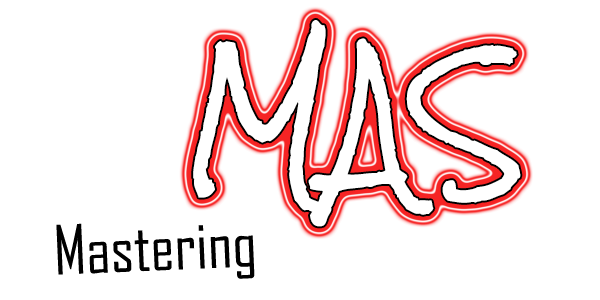A computer with sufficient processing power and memory to handle recording, editing, and mixing software.
Software used for recording, editing, and mixing music.
A device that allows you to connect microphones, instruments, and other audio sources to your computer for recording.
A tool used for recording vocals, acoustic instruments, and other sounds.

Audio engineering is the technical process of recording, mixing, and manipulating sound for various media platforms. Audio engineers use various types of equipment such as microphones, mixing consoles, equalizers, and compressors to capture and refine sound to achieve a desired outcome. They also work with artists and producers to create a specific sound or style that fits the project's needs. Additionally, audio engineers may also be responsible for post-production processes such as editing, mastering, and adding effects to enhance the overall quality of the sound. Overall, audio engineering is a complex and technical field that requires a keen ear for detail and a deep understanding of sound technology.
Learn more
Audio mastering is the final step in the music production process, where the finished mix is further refined and optimized for distribution across different platforms and formats. During mastering, the audio engineer carefully balances the levels and EQ of the mix, adds any necessary compression or limiting, and applies other processing to create a final version that sounds great on a variety of playback systems. The goal of mastering is to enhance the overall sound quality, clarity, and loudness of the mix while maintaining the artistic intent of the artist or producer. This is often done using specialized software and equipment designed specifically for mastering, such as multi-band compressors, equalizers, and limiters. A well-mastered track will sound great on a wide range of playback systems, from small earbuds to high-end stereo systems, and will help the music stand out in a crowded marketplace.
Learn moreClosed-back or open-back headphones are used for monitoring the sound of the recording and mixing.
A set of high-quality speakers designed for accurate reproduction of sound.
A keyboard with MIDI capabilities used for inputting notes into the DAW and controlling virtual instruments.
Various types of cables needed to connect all of the gear together.

Recording, Engineering, Mixing & Mastering

Recording, Engineering, Mixing & Mastering
Audio / Video - Recording, Engineering, Mixing & Mastering
Copyright 2024 © EngMas All rights reserved.